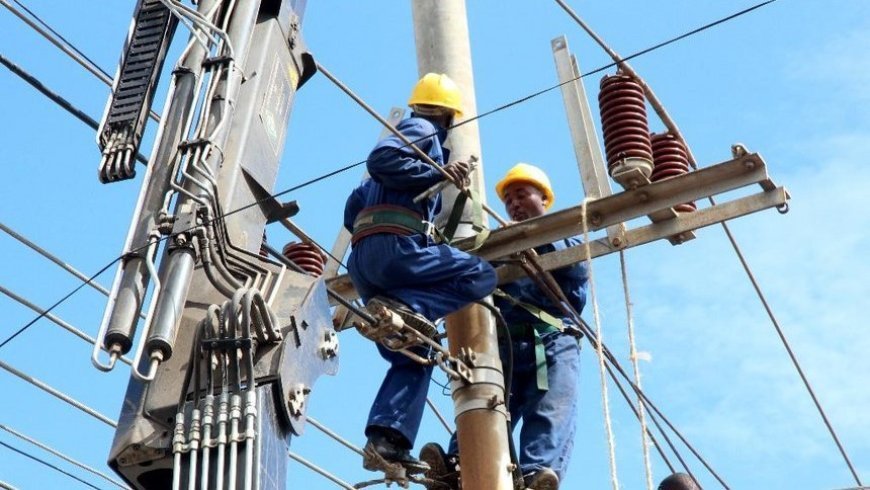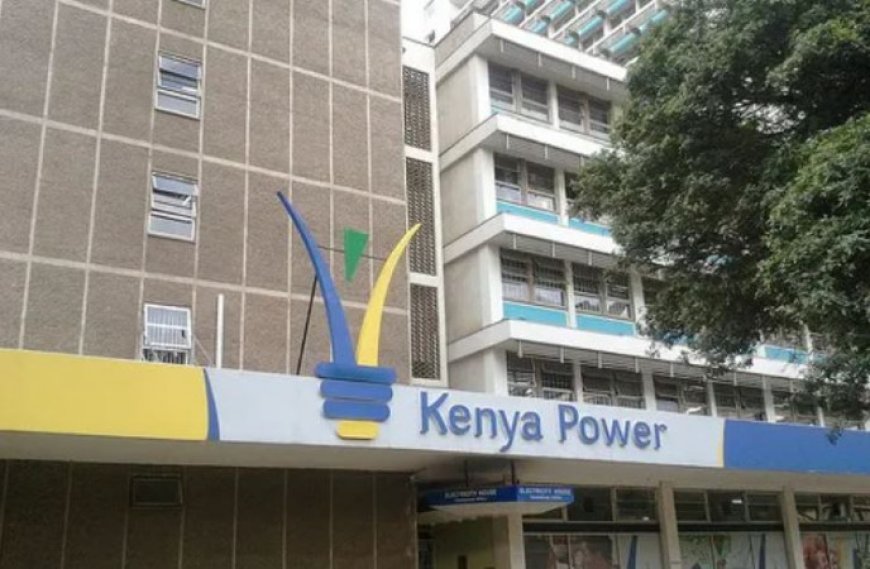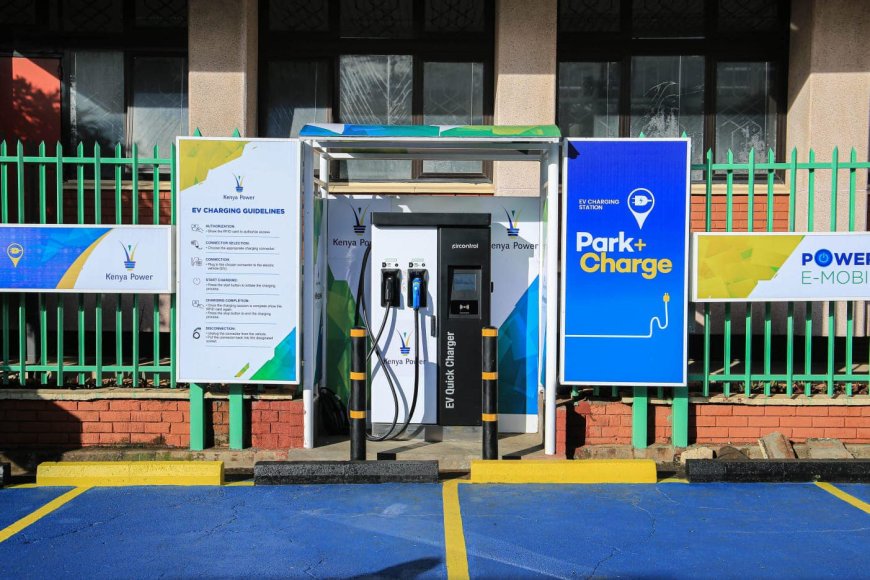How Cold Weather Has Led To Record Electricity Demand: Kenya Power
Before this, a peak demand of 2,325 MW had been attained on July 2, up from the previous peak of 2,316 MW recorded in February 2025.

Electricity demand has reached a new peak, supported by new customer connections and increased consumption of grid power during the prevailing cold season, according to Kenya Power.
The monopoly power supplier, also popularly known as KPLC, revealed in a statement on Wednesday, July 30, that data from Kenya Power’s National Control Centre shows that the peak demand shot twice this month, with a historical 2,362.28 MW being recorded on Wednesday, July 23, 2025.
Before this, a peak demand of 2,325 MW had been attained on July 2, up from the previous peak of 2,316 MW recorded in February 2025.
Peak demand refers to the highest electricity demand that has been recorded at the national control centre, where electricity supply across the country is monitored.

A photo of Kenya Power offices in Nairobi. /PEOPLE DAILY
“The new peak demand is a testament to our commitment to drive national electricity access through the deployment of various electrification projects.
"When we look at our electricity dispatch figures, we realise that electricity demand has increased by 46 MW in the last five months since February, when we had the first peak demand this year. We expect the momentum to continue as we roll out more connectivity projects across the country,” said Kenya Power’s Managing Director and CEO, Joseph Siror.
Kenya Power added that during the last financial year that ended on June 30, 2025, it connected a total of 401,848 new customers.
Apart from new customer connections, the increased demand for electricity is also thought to be driven by the prevailing cold season, which has increased usage for grid power to heat homes and offices.
“We are at various stages of implementation of the last-mile connectivity projects that have been commissioned across the country.
"In addition to these projects, the Company is carrying out other connectivity projects targeting various customer categories, including commercial and industrial consumers. We expect that the onboarding of these customers will push electricity demand further,” added Siror.
The company is also actively driving the uptake of electric vehicles and cooking appliances in a bid to increase electricity consumption.
To boost the uptake of electric vehicles, the company revealed that it plans to install 45 electric vehicle chargers across six counties during the current financial year.
Nairobi is among the counties expected to benefit from the year-long project by Kenya Power and Lighting Company (KPLC), alongside Nyeri, Kisumu, Eldoret, Nakuru, Mombasa, and Taita Taveta.
The initiative is part of KPLC’s larger plan to boost the country’s emerging e-mobility industry, which is anticipated to expand and gradually overtake fuel-powered transport options.
Similarly, Kenya Power outlined that it has also set up four e-cooking hubs in Nairobi, Mombasa, Nakuru, and Kisumu, which serve as demonstration centres to educate the public on modern electrical cooking appliances and the benefits of cooking using electricity.
This is in addition to partnering with various players to drive the adoption of e-cooking in institutions such as schools and hotels.







